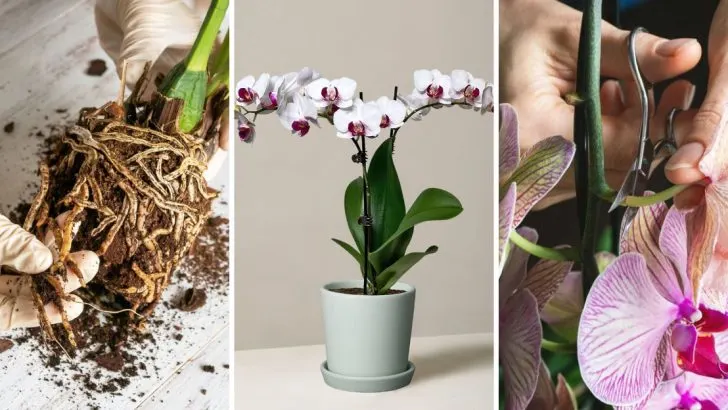Orchids are beautiful and exotic plants, but they can be a bit tricky to care for, especially for beginners. With their unique needs and delicate nature, it’s easy to make mistakes that can affect their growth and blooming.
From watering issues to choosing the wrong light, there are several common pitfalls that orchid owners often encounter. To help you avoid these missteps and keep your orchids healthy and thriving, we’ve compiled a list of the top 10 mistakes people make when caring for orchids – and how to correct them.
By following these tips, you can enjoy beautiful, long-lasting blooms for years to come.
Overwatering Orchids
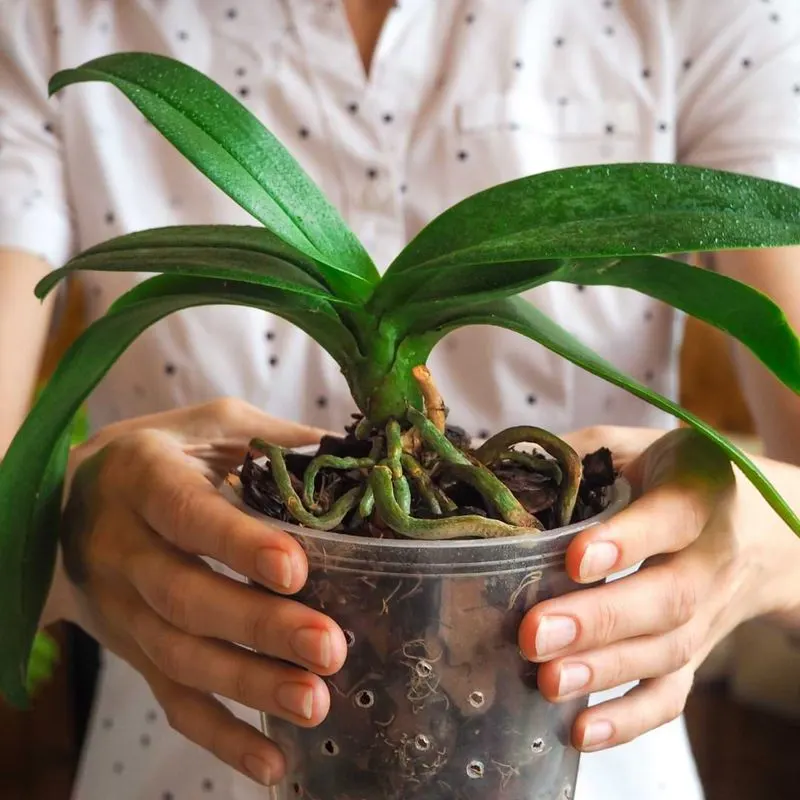
Too much water can be detrimental to orchid health. Many think orchids need frequent watering, but the roots can rot if they’re left sitting in water. It’s important to understand that orchids prefer to dry out between waterings. Check the moisture level by touching the potting medium. If it feels dry, it’s time to water.
Avoid using tap water; instead, opt for rainwater or distilled water. These are free of salts and chemicals that could harm your orchids. Adjusting your watering schedule according to the season can also make a big difference.
Improper Potting Medium
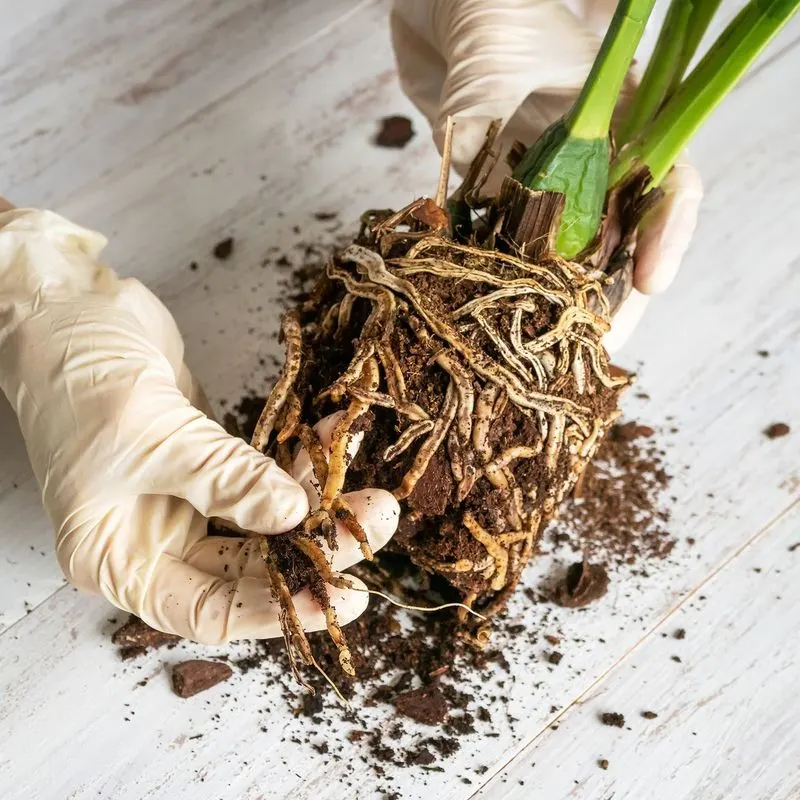
Using the wrong potting medium can hinder an orchid’s growth. Unlike typical houseplants, orchids require specific potting mixes, such as bark, moss, or charcoal. These materials provide the necessary aeration and drainage.
A well-chosen medium allows air to circulate around the roots, which prevents root rot and encourages healthy growth. Regularly check your potting medium for signs of breakdown. If it appears compacted, it’s time to repot.
The right medium supports the plant’s natural epiphytic tendencies, allowing it to grow as it naturally would in the wild.
Insufficient Lighting
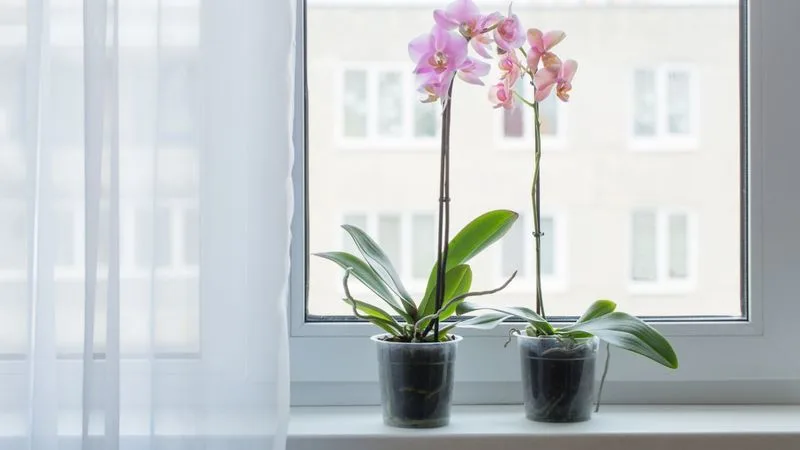
Orchids need light, but direct sunlight can scorch their leaves. Placing them in bright, indirect sunlight provides the perfect balance. East or west-facing windows are ideal.
If natural light is scarce, consider using grow lights specifically designed for orchids. These can mimic the spectrum of sunlight, providing the necessary energy for photosynthesis.
Regularly inspect your orchids for signs of light stress. Yellowing leaves could indicate too much light, while dark green foliage suggests insufficient lighting. Adjust their position to find the optimal lighting conditions.
Neglecting Humidity
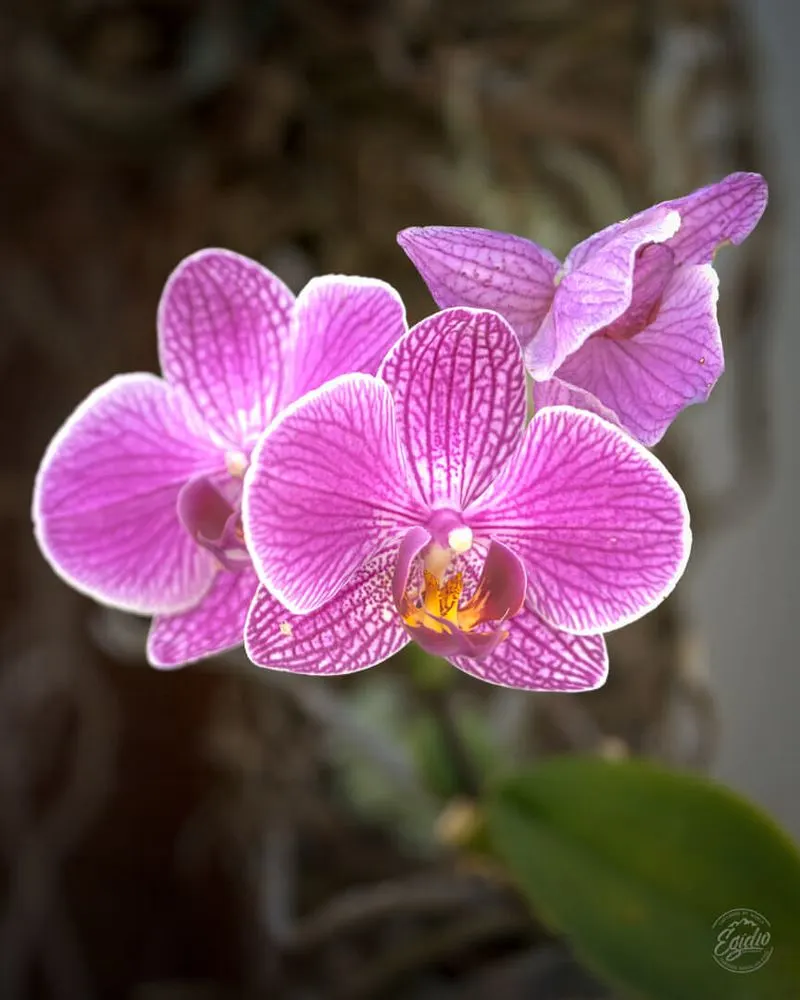
Orchids naturally thrive in humid environments, so replicating this at home is essential. Many homes, especially during winter, have dry air that can cause orchid leaves to wilt and become brittle.
Using a humidity tray or a room humidifier can help maintain the needed moisture levels. Placing orchids in naturally humid areas, such as bathrooms, can also provide them with the perfect conditions.
Mist your orchids regularly or place them near other plants to increase humidity. Observing your orchid’s leaves will help you adjust the humidity levels accordingly.
Ignoring Temperature Needs
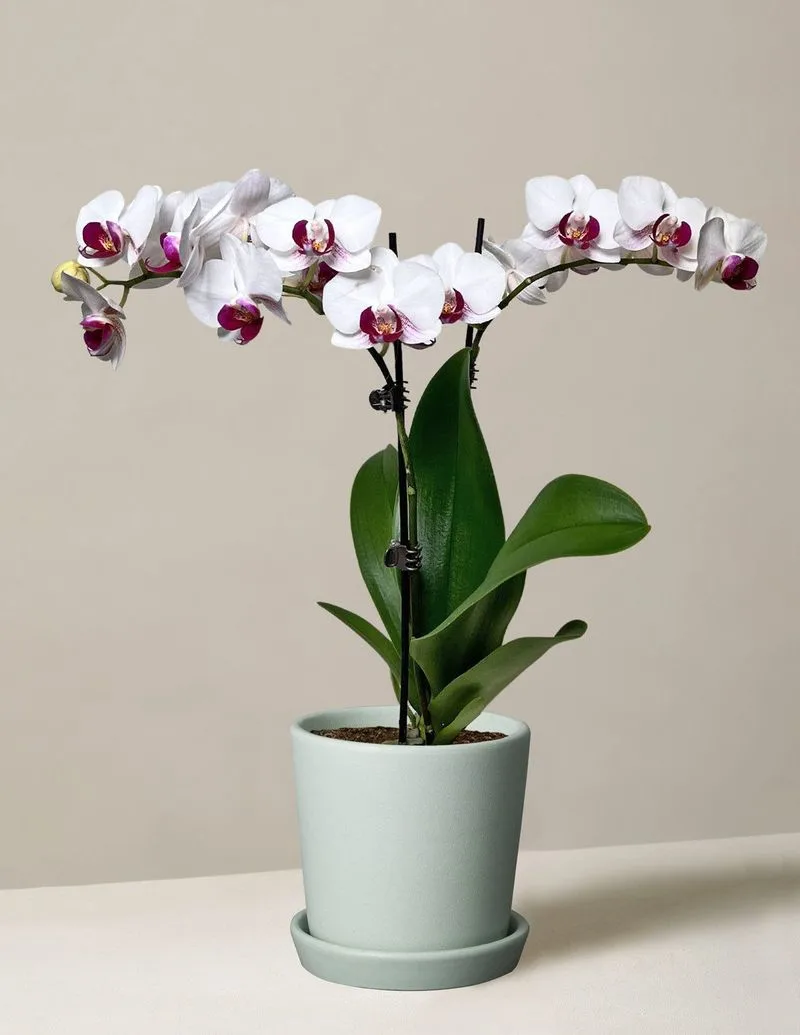
Temperature plays a crucial role in orchid health. These plants prefer warm days and cooler nights, mimicking their native tropical environments.
Keeping orchids near drafty windows or heating vents can stress the plants. Aim for stable temperatures, around 65-75°F during the day and 55-65°F at night.
Rapid temperature changes can cause buds to drop or fail to bloom. Monitoring indoor temperatures with a thermometer ensures your orchids remain in their comfort zone, fostering healthy growth and flowering cycles.
Overfeeding with Fertilizers
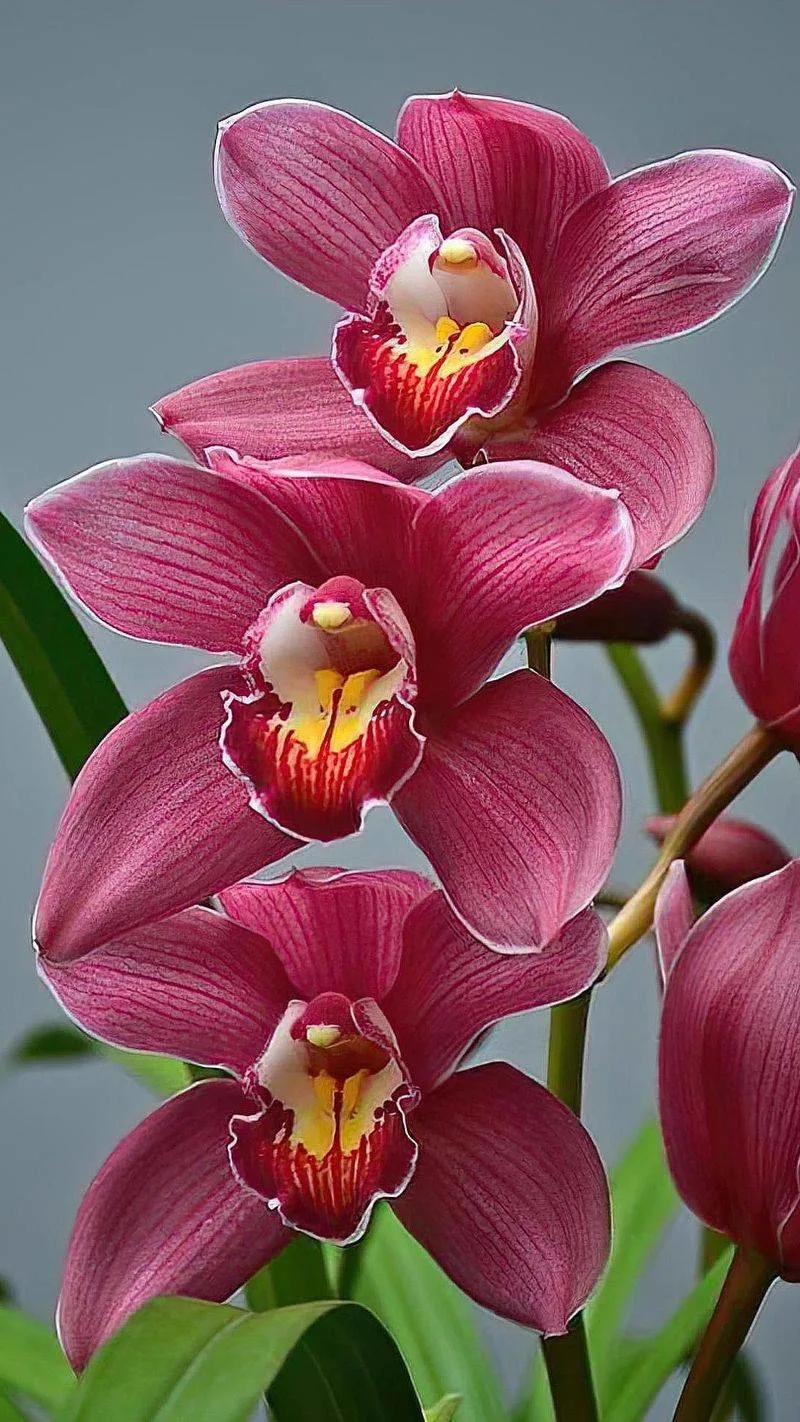
Fertilizing orchids can lead to lush growth, but overdoing it can harm them. Orchids require a balanced fertilizer applied sparingly. Too much fertilizer can lead to salt buildup, which damages roots.
Using a weak fertilizer solution every few weeks during the growing season is often sufficient. Always follow the instructions to avoid overfeeding.
Flushing the potting medium occasionally helps remove excess salts, ensuring a healthy root environment. Recognizing the signs of overfeeding, such as burned leaf tips, allows for corrective action.
Skipping Regular Pruning
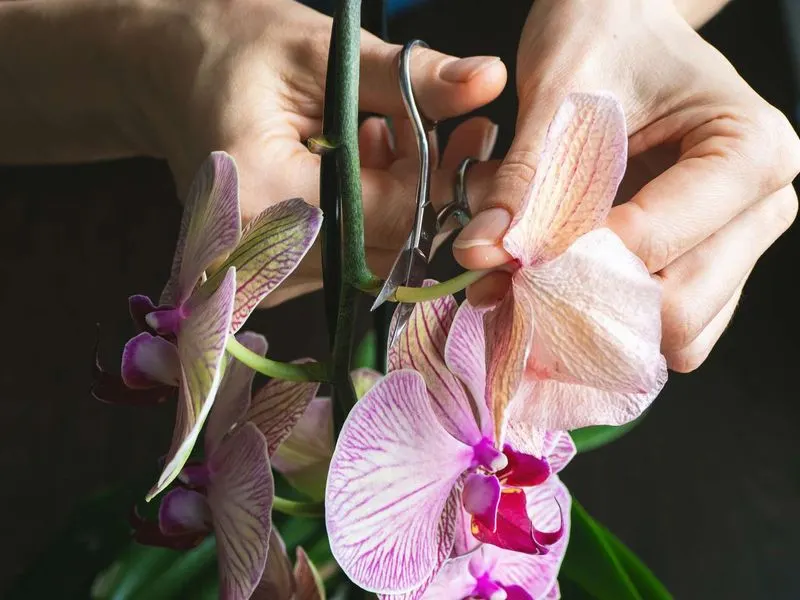
Neglecting to prune orchids can stunt their growth and lead to disease. Regular pruning helps remove dead or diseased parts, promoting healthier plants.
Use clean, sharp scissors to cut back dead stems and leaves. Disinfect tools before and after use to prevent disease spread.
Pruning also encourages new growth. Observing your orchids and knowing when to prune keeps them vibrant and flourishing. Understanding the natural growth cycle aids in identifying the right time for pruning.
Choosing the Wrong Pot Size
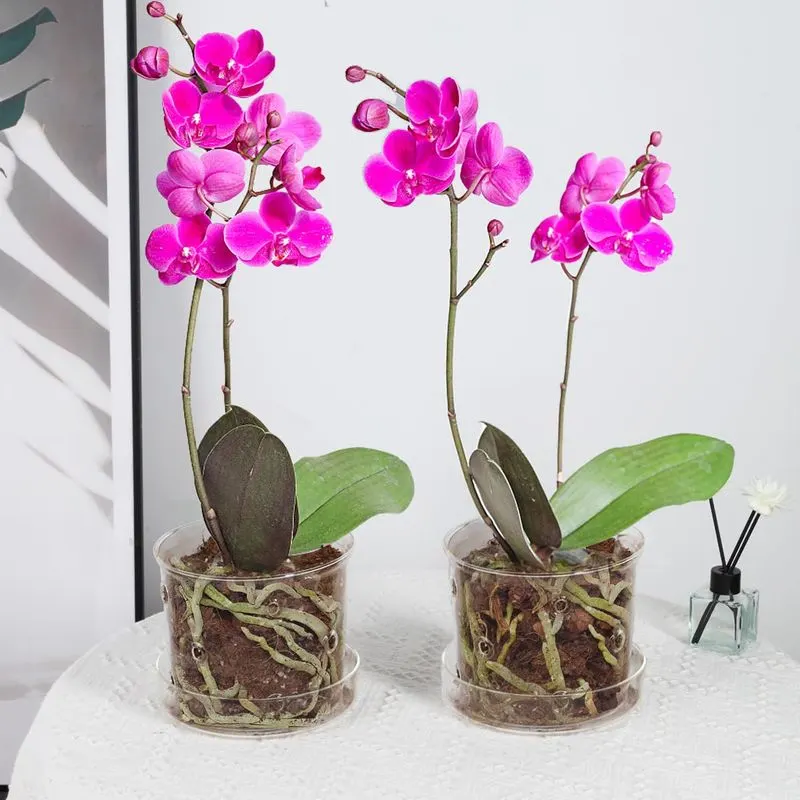
A pot that’s too big or small can lead to problems for orchids. Too large a pot retains moisture, risking root rot, while a small pot can constrict growth.
Orchids thrive in snug pots where their roots can breathe. Choosing a pot with good drainage is also essential.
Regularly assess your orchid’s pot size, especially if growth appears stunted. A well-fitting pot promotes healthy root development and better water management, aligning with the orchid’s natural growing conditions.
Failing to Monitor Pests
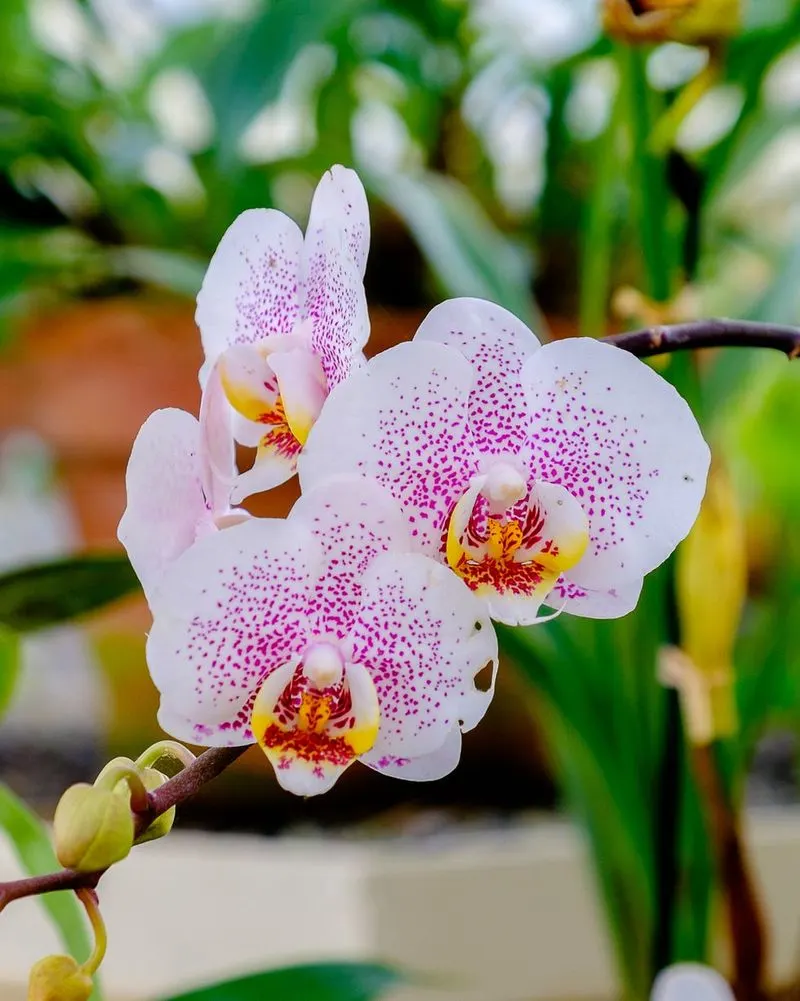
Pests are common orchid adversaries, impacting growth and vitality. Regular checks for pests like aphids, spider mites, and mealybugs are crucial.
Using natural pest control methods, such as neem oil, can effectively manage infestations without harming the plant. Consistent monitoring prevents minor issues from becoming major problems.
Keeping the orchid’s environment clean and free of debris reduces pest attraction. Observing your plants closely allows for early intervention, ensuring your orchids stay healthy and pest-free.
Neglecting Seasonal Care Adjustments
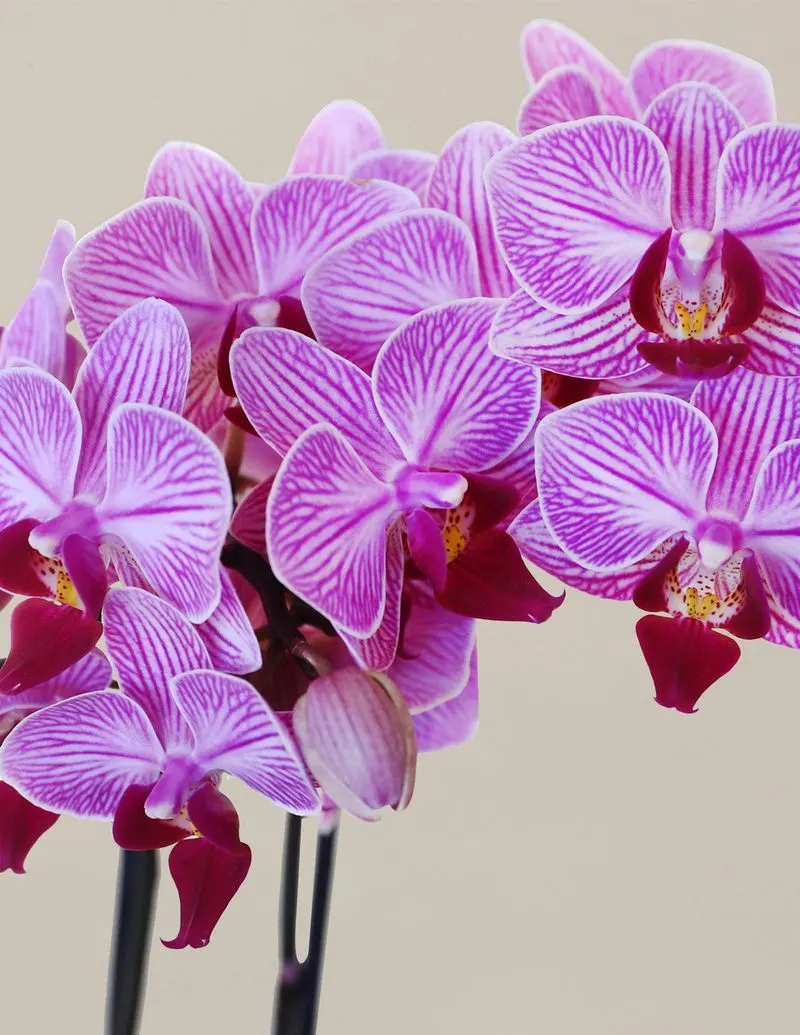
Orchids, like all plants, require seasonal care adjustments for optimal health. Changes in light, temperature, and humidity through seasons must be considered.
In winter, reduce watering and move orchids closer to light sources. During summer, increase humidity and watch for overheating.
Understanding these seasonal needs helps prevent common stressors. Adapting care routines ensures orchids continue to thrive year-round, responding positively to their changing environment.

